Get expert help to buy products and installation services
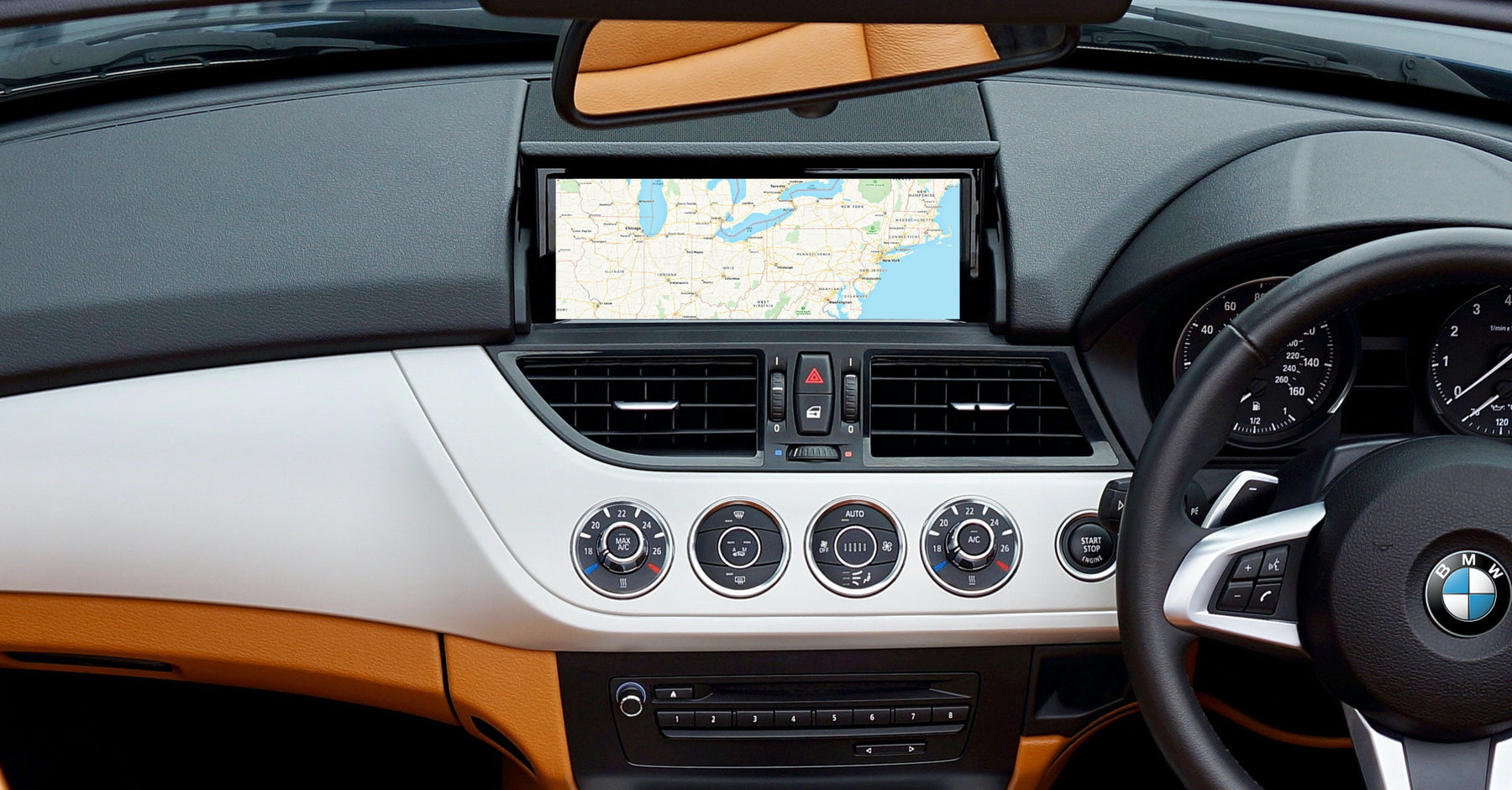
Understanding the different types of screens in car multimedia video receivers
Car multimedia video receivers have become increasingly popular in recent years, providing drivers and passengers with a variety of entertainment options on the go. One of the most important components of these systems is the screen. In this blog post, we'll take a closer look at the different types of screens available in car multimedia video receivers and what sets them apart.
TFT LCD Screens
The most common type of screen used in car multimedia video receivers is the thin-film-transistor liquid-crystal display (TFT LCD). TFT LCD screens are known for their high resolution and bright, vibrant colors, making them an ideal choice for watching movies or playing video games on the go. They also have a relatively low power consumption, which is important for vehicles where power resources may be limited.
OLED Screens
OLED screens are a newer technology that is gaining popularity in car multimedia video receivers. These screens use organic light-emitting diodes to produce bright, high-contrast images that are easy to see even in bright sunlight. OLED screens are also more energy-efficient than TFT LCD screens, making them a good choice for vehicles where power is limited.
LED Screens
LED screens are similar to TFT LCD screens, but they use light-emitting diodes instead of liquid crystals to produce images. LED screens are known for their bright, vivid colors and high contrast ratios, making them an excellent choice for watching movies or playing video games in the car. They are also energy-efficient and have a longer lifespan than other types of screens.
Capacitive Touchscreens
Capacitive touchscreens are becoming increasingly popular in car multimedia video receivers. These screens use the electrical conductivity of the human body to detect touch, making them very responsive and easy to use. Capacitive touchscreens also offer multi-touch capabilities, allowing users to perform pinch-to-zoom gestures or swipe through menus. They are also known for their high-resolution displays and excellent color reproduction.
Resistive Touchscreens
Resistive touchscreens are the older technology of the two touchscreens, but still used in some car multimedia video receivers. These screens are less responsive than capacitive touchscreens and require more pressure to register touch inputs. Resistive touchscreens are also less accurate, which can make it difficult to use certain apps or features on the car multimedia system.
In conclusion, car multimedia video receivers come in many different forms, and the type of screen used is a crucial component in determining the overall user experience. When selecting a multimedia system, it's important to consider the type of screen used, as well as its size, resolution, and touch capabilities to ensure the best possible experience.
BMW X5 Apple CarPlay and Android Auto using your factory iDrive
Apple CarPlay and Android Auto upgrade - Lexus
Range Rover - Factory integration to your existing infotainment is a seamless transition
BMW X3 Apple Car and Android Auto upgrade
shop Related products
-
Original price $1,499.95 - Original price $1,499.95Original price $1,499.95$1,499.95$1,499.95 - $1,499.95Current price $1,499.95
JVC KW-Z1000W Bluetooth Car Stereo Receiver with USB Port –10.1" Floating Touchscreen HD Display, AM/FM Radio - MP3 Player - Double DIN - Waze-Ready with Apple CarPlay or Android Auto (Black)
JVCIn stockExperience superior sound quality in your car with JVC's KW-Z1000W Bluetooth Car Stereo Receiver. Its 10.1" Floating Touchscreen HD display and do...
View full details -
Original price $749.99 - Original price $749.99Original price $749.99$749.99$749.99 - $749.99Current price $749.99
Pioneer DMH-WC5700NEX 6.8" Car Stereo, Multimedia Receiver with Wireless or Wired Apple CarPlay, Android Auto, Amazon Alexa, Hands-Free Bluetooth, SiriusXM Ready, Capacitive Touchscreen (No CD)
PioneerIn stockThe Pioneer DMH-WC5700NEX 6.8" Car Stereo is the perfect addition to any vehicle with its multimedia receiver featuring wireless or wired Apple Car...
View full details -
Original price $899.99 - Original price $899.99Original price $899.99$899.99$899.99 - $899.99Current price $899.99
Pioneer AVH-W4500NEX Double Din Wireless Mirroring Android Auto, Apple Carplay In-Dash DVD/CD Car Stereo Receiver
PioneerIn stockThe Pioneer AVH-W4500NEX Double Din Car Stereo Receiver is the perfect choice for drivers who want the best of both worlds. Enjoy the convenience o...
View full details -
Original price $649.99 - Original price $649.99Original price $649.99$649.99$649.99 - $649.99Current price $649.99
Pioneer DMH-C5500NEX 8" Amazon Alexa When Paired with Pioneer Vozsis App, Android Auto, Apple CarPlay, Bluetooth, HD Radio - Modular Solutions Digital Media Receiver
PioneerIn stockThe Pioneer DMH-C5500NEX 8" Digital Media Receiver provides drivers with comprehensive car audio capabilities. The receiver features Amazon Alexa, ...
View full details -
Original price $1,199.99 - Original price $1,199.99Original price $1,199.99$1,199.99$1,199.99 - $1,199.99Current price $1,199.99
Pioneer DMH-WC6600NEX 9" Amazon Alexa Built-in, Android Auto, Apple CarPlay, Bluetooth - Modular Solutions Receiver
PioneerIn stockThe Pioneer DMH-WC6600NEX receiver is the perfect companion for your car. It features a 9" touchscreen and is integrated with Amazon Alexa, Android...
View full details



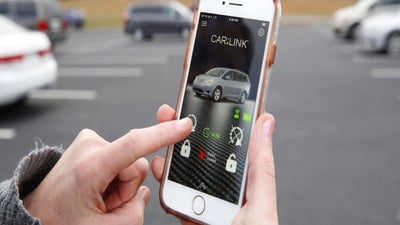
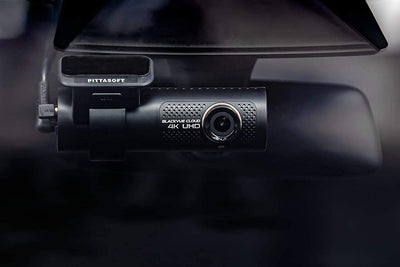
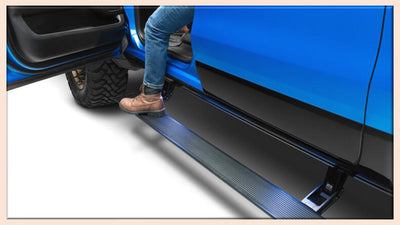

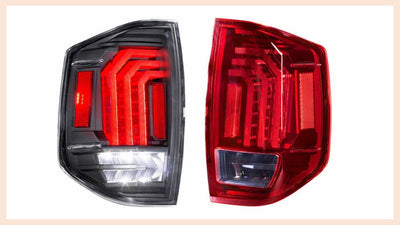

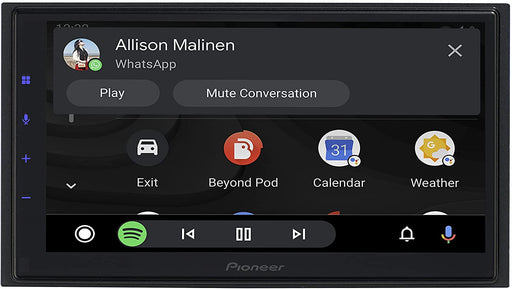

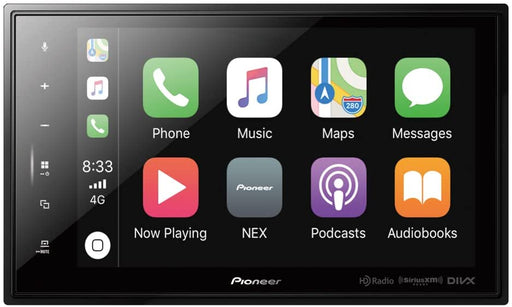
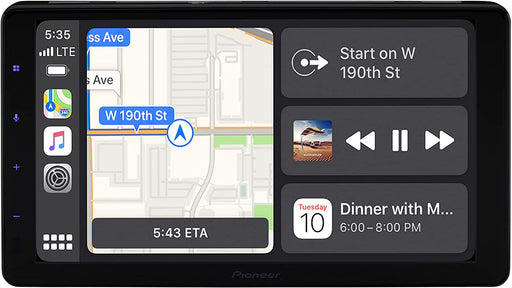
Leave a comment